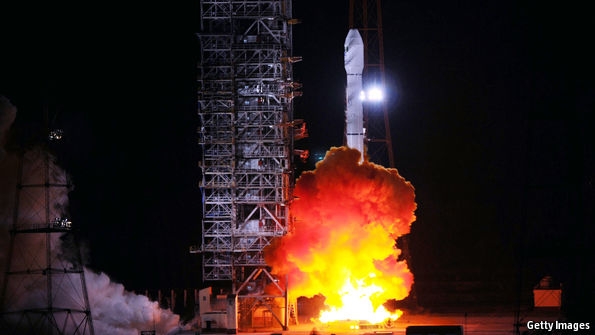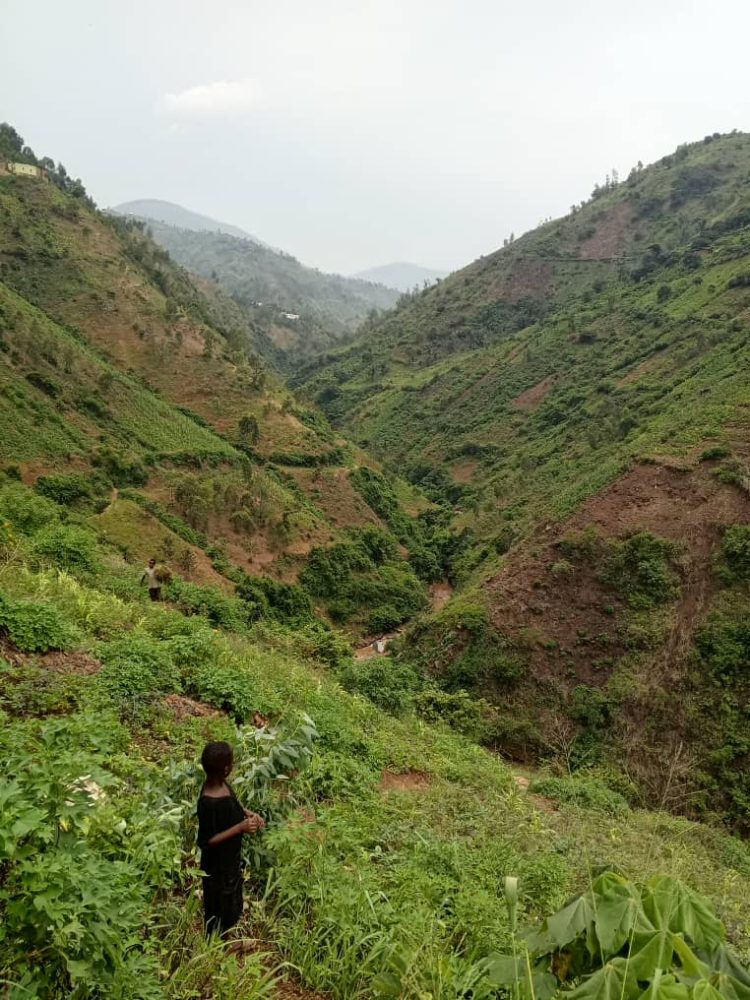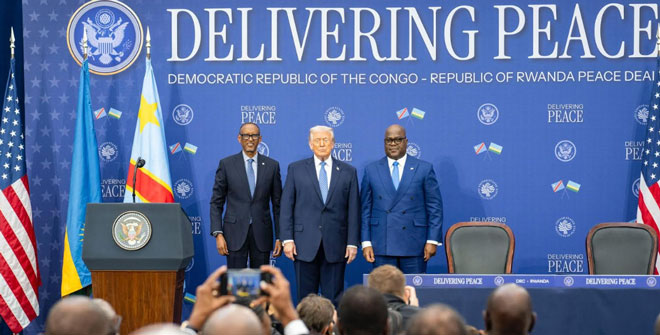THE ancient holy town of Lalibela, perched some 2,500 metres above sea-level in Ethiopia’s northern highlands, boasts some of the clearest night skies imaginable.
Ethiopian stargazers dream that the mountains around Lalibela may one day host a world-class observatory to rival the big ones in Chile and Hawaii. And in time Ethiopia hopes to do more than just gaze at the stars. It would like to launch its own satellites, too.
In January the government said it would launch a Chinese-built civilian satellite from an overseas rocket pad within the next five years. It would be designed to Ethiopian specifications and used to monitor crops and the weather, and doubtless to spy on neighbours, too. The government also wants to reduce reliance on foreign telecoms by launching its own communications satellite.
In putting its own satellites into orbit Ethiopia would join the select club of African nations that have already done so. Nigeria has paid for the launch of five since 2003, some of which it says have helped fight terrorism. South Africa has also put several home-built satellites into space. Egypt launched two earth-observation ones, both of which have since failed; a private company, Nilesat, successfully operates communications ones. Kenya, Angola and Ghana are eager to join them.
Being able to beam communications or take photos from space offers some economic benefits. Ethiopia’s government hopes that mapping the country to help resolve land disputes, for instance, could boost agricultural productivity. And it could help with planning cities better. Investment in space science might also help speed up industrialisation, the government hopes.
But do countries like Ethiopia need to own, build, or launch their own satellites to reap these benefits? Constellations of satellites constantly float above Africa today, providing the signals used for global positioning services and, for a fee, pictures that can be used to assess droughts and other natural disasters. Gabon aims to manage its vast forests with the help of a satellite receiving station, not by building a satellite. High-resolution, tailored imagery is still costly, but the sort that can be used for most development purposes, such as monitoring crop yields, is now cheap or even free. And many functions of satellites, such as resource mapping, are increasingly being replaced by drones.
The case for communication satellites, which are much more expensive, is weaker still. Keith Gottschalk of the University of the Western Cape notes that a single communications satellite can broadcast to the entire continent. Nigeria, meanwhile, spent $300m on a Chinese communication satellite which failed in little over a year. Its successor struggles to compete with commercial providers: its annual revenue in 2015 was a measly $3.3m.
Africa is entering the space race at a time when the cost of satellite technology is falling fast. Tiny “cubesats” can be made by private firms for just a few hundred thousand dollars each and launched just as cheaply. For Ethiopia, where few scientists have the expertise to make use of the flood of cheap data, perhaps the best argument for a modest space programme is that it might help the country develop its human capital. But at a time when 5.6m Ethiopians need emergency food aid because of a drought, it seems an odd priority.
The economist




























